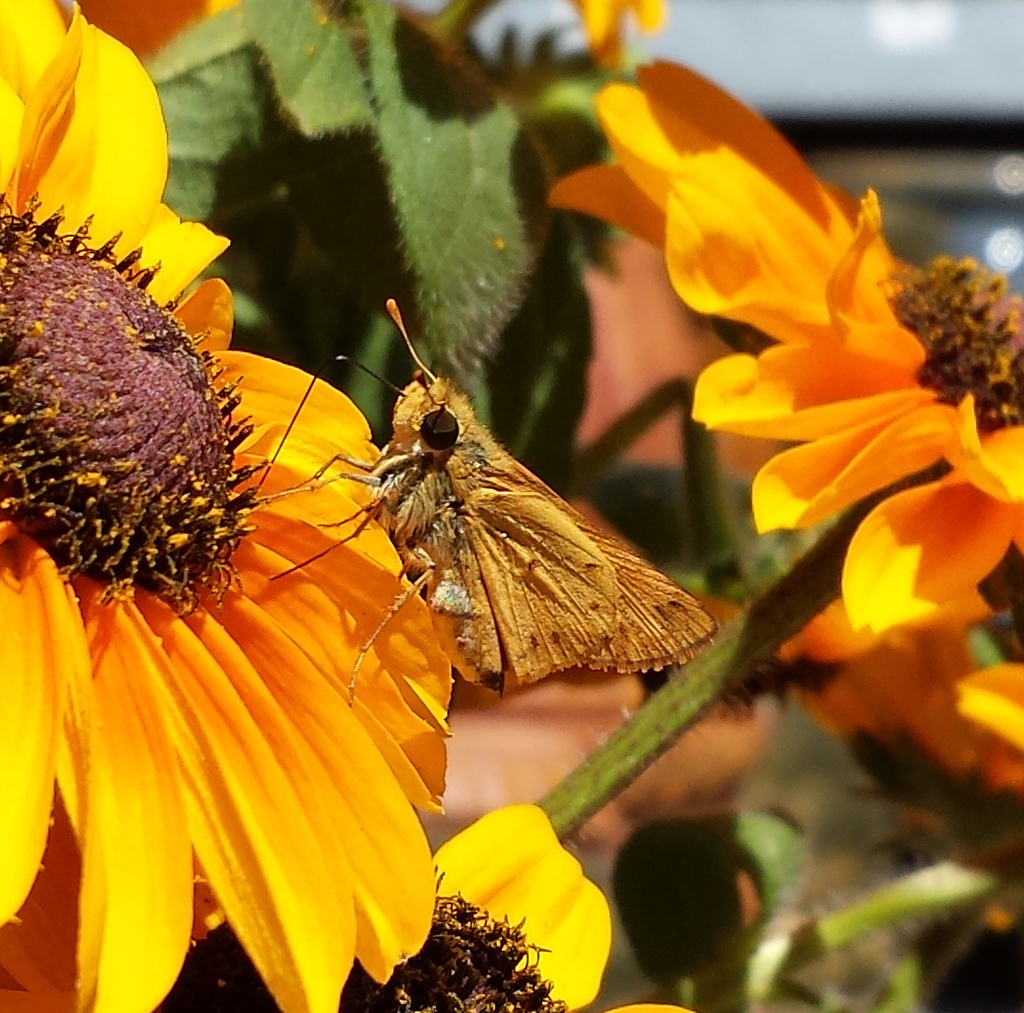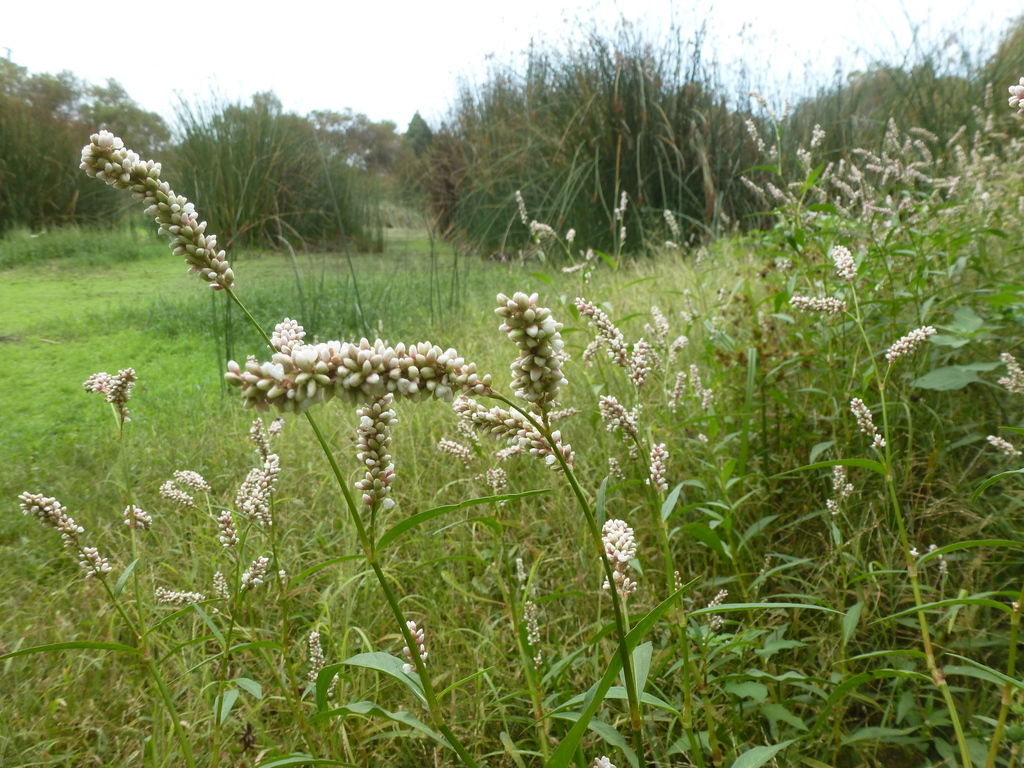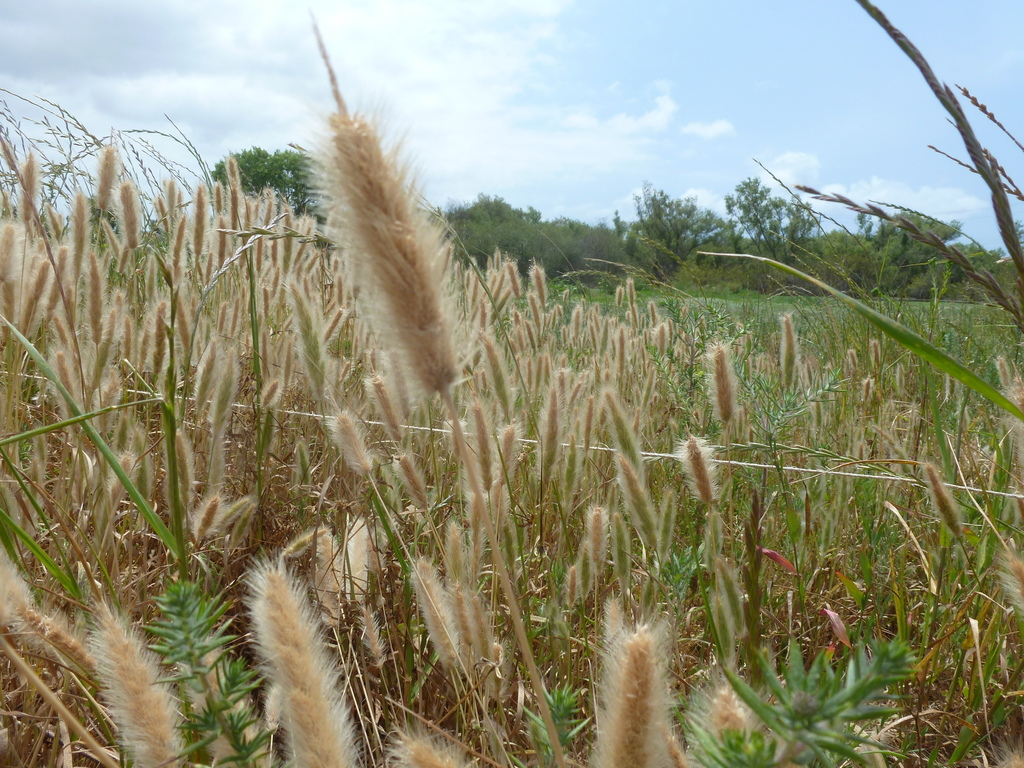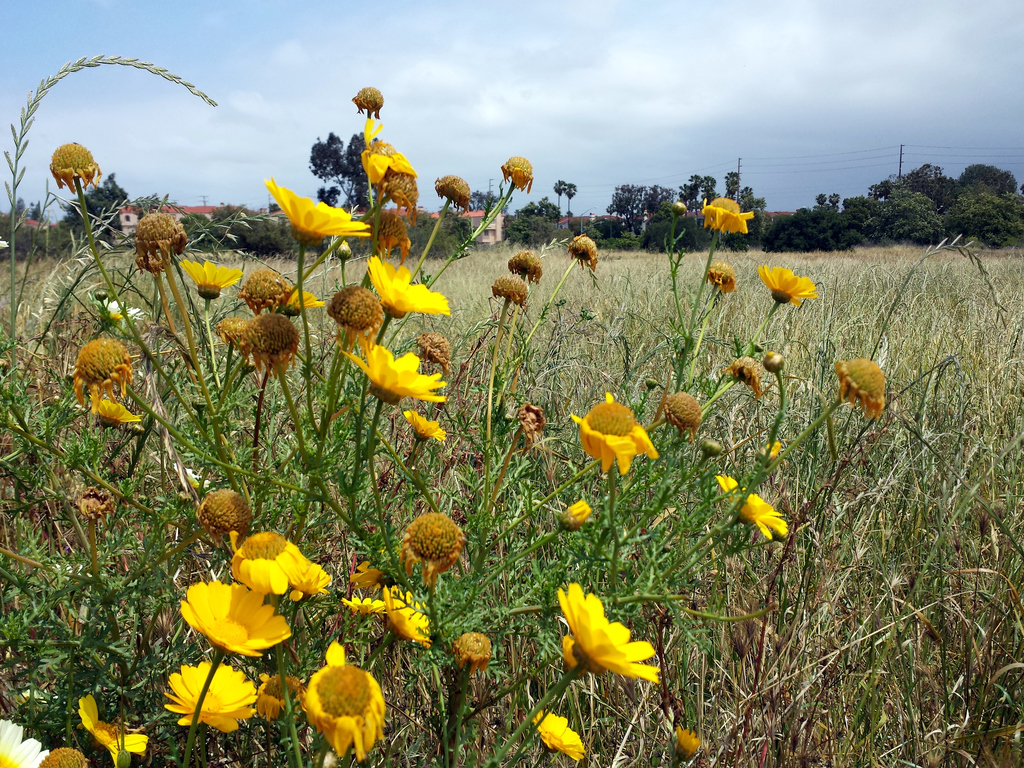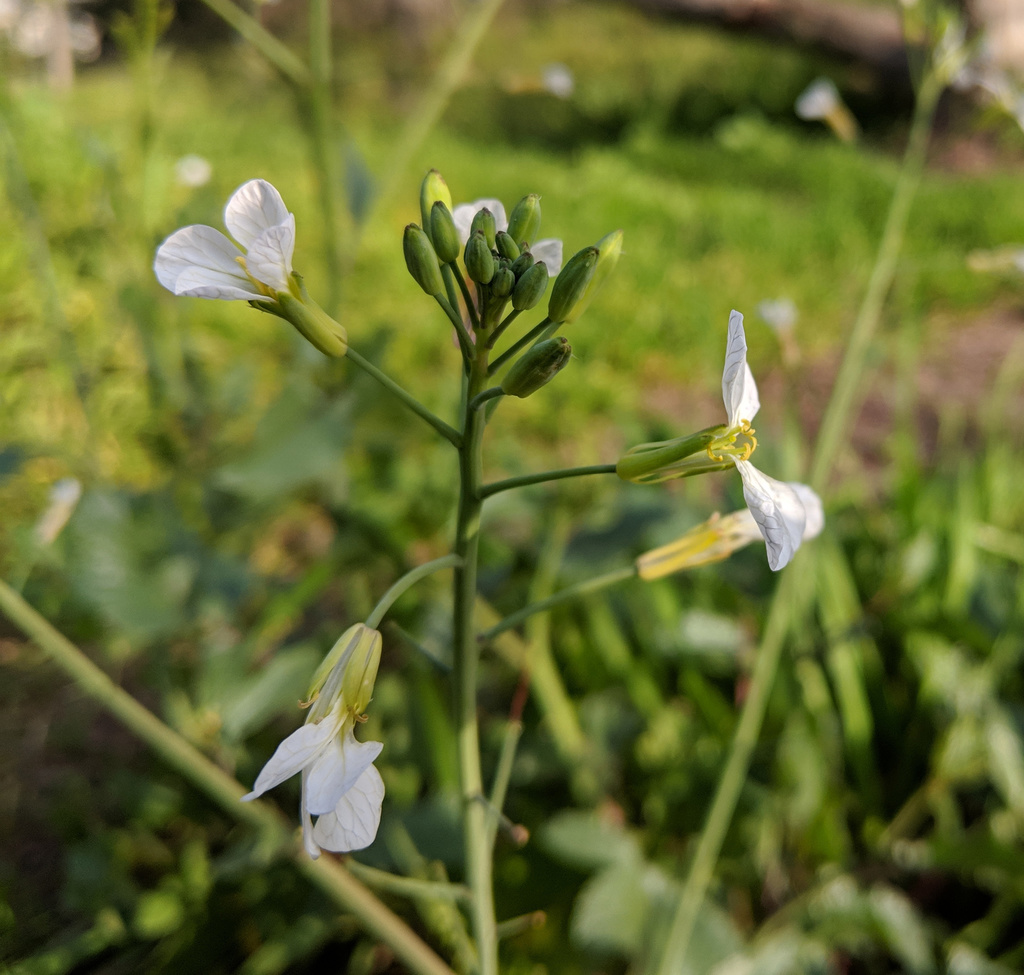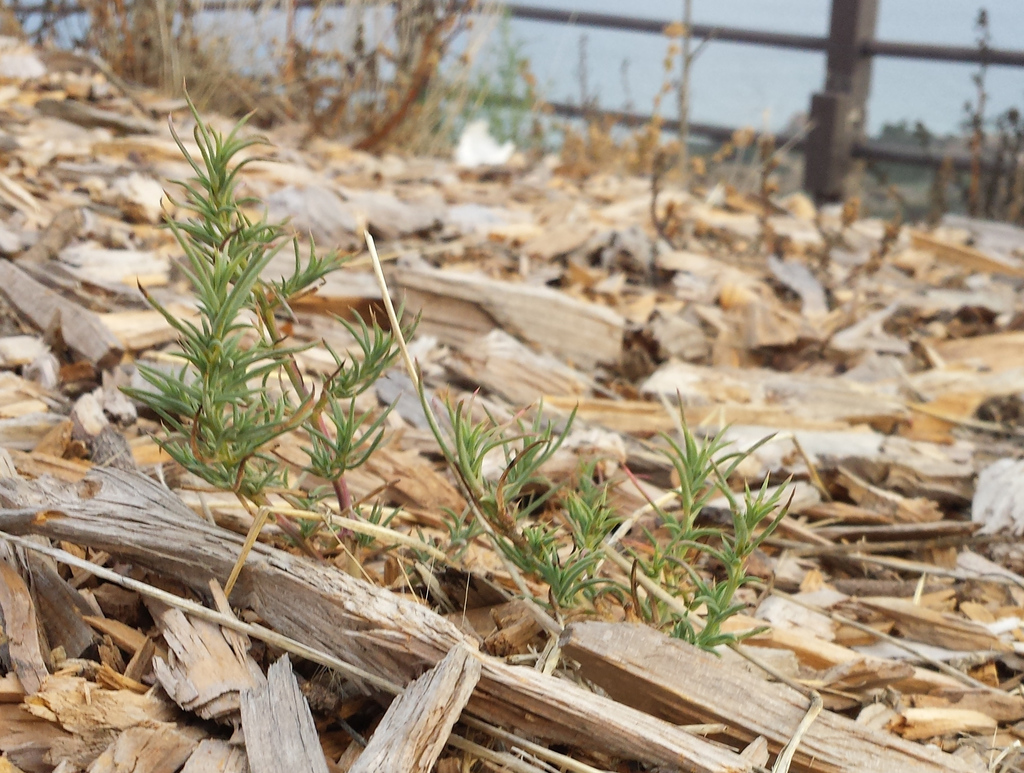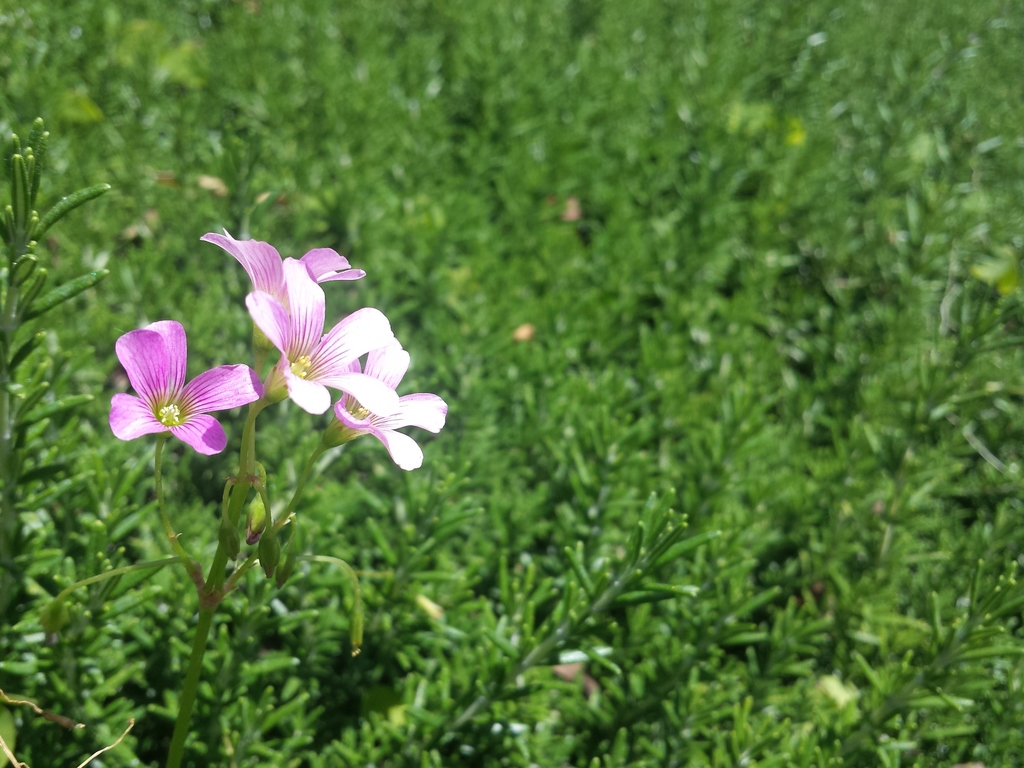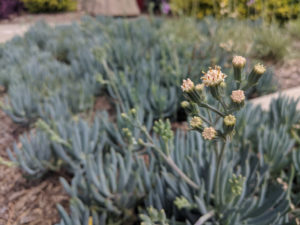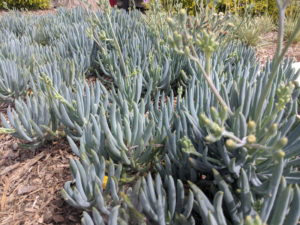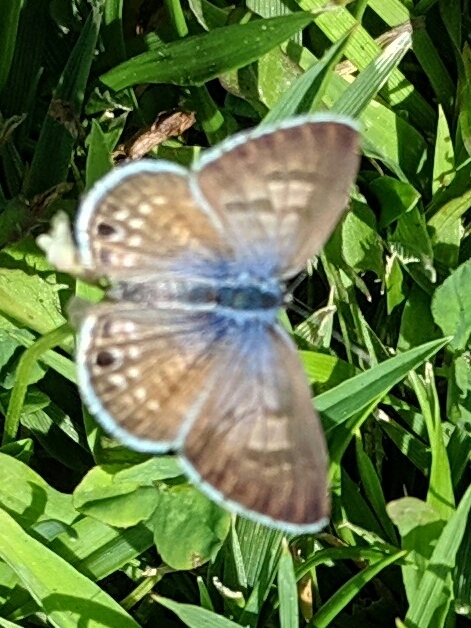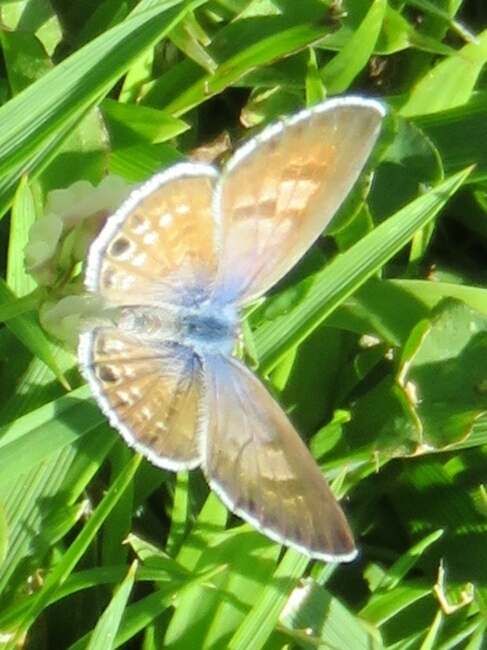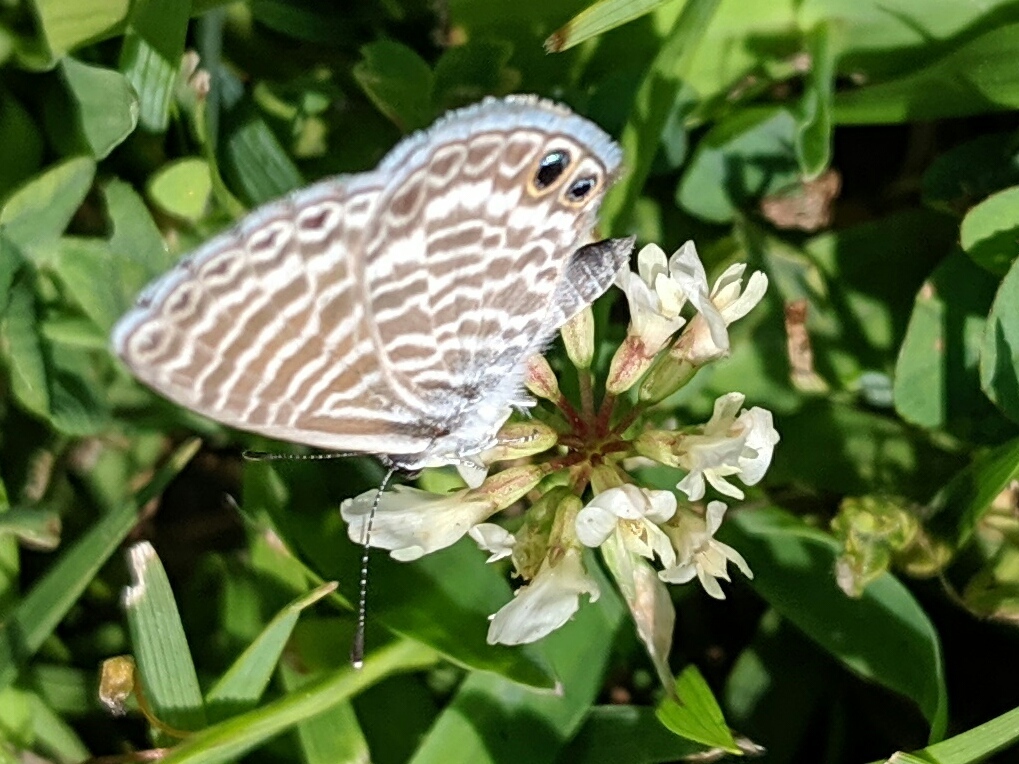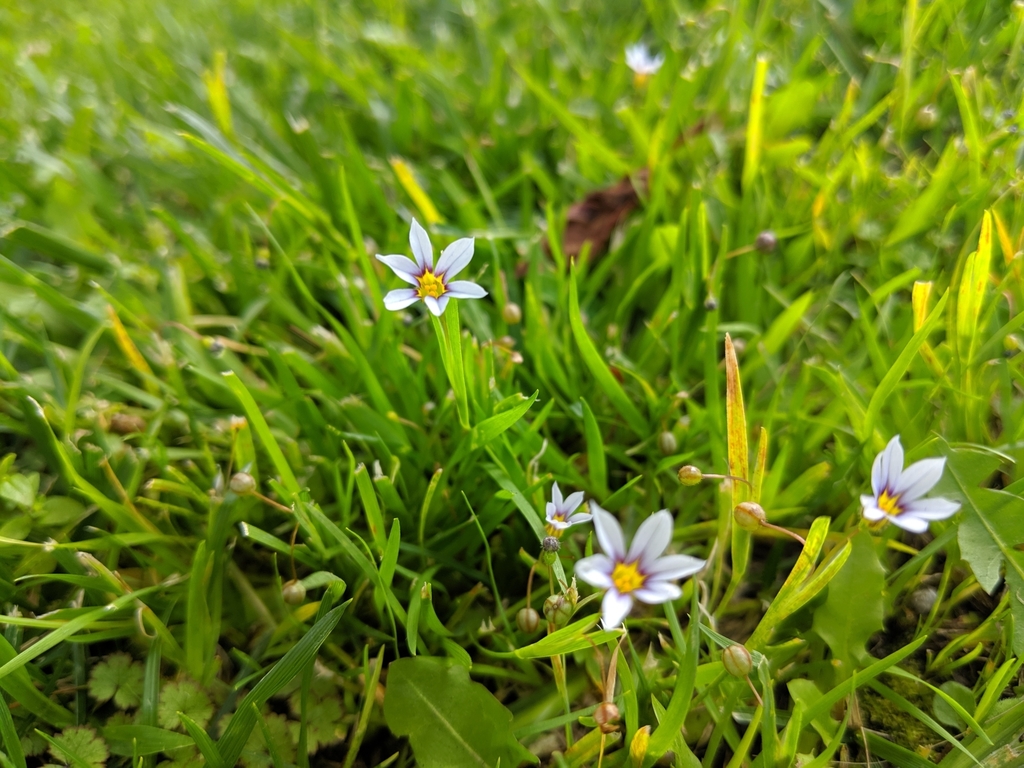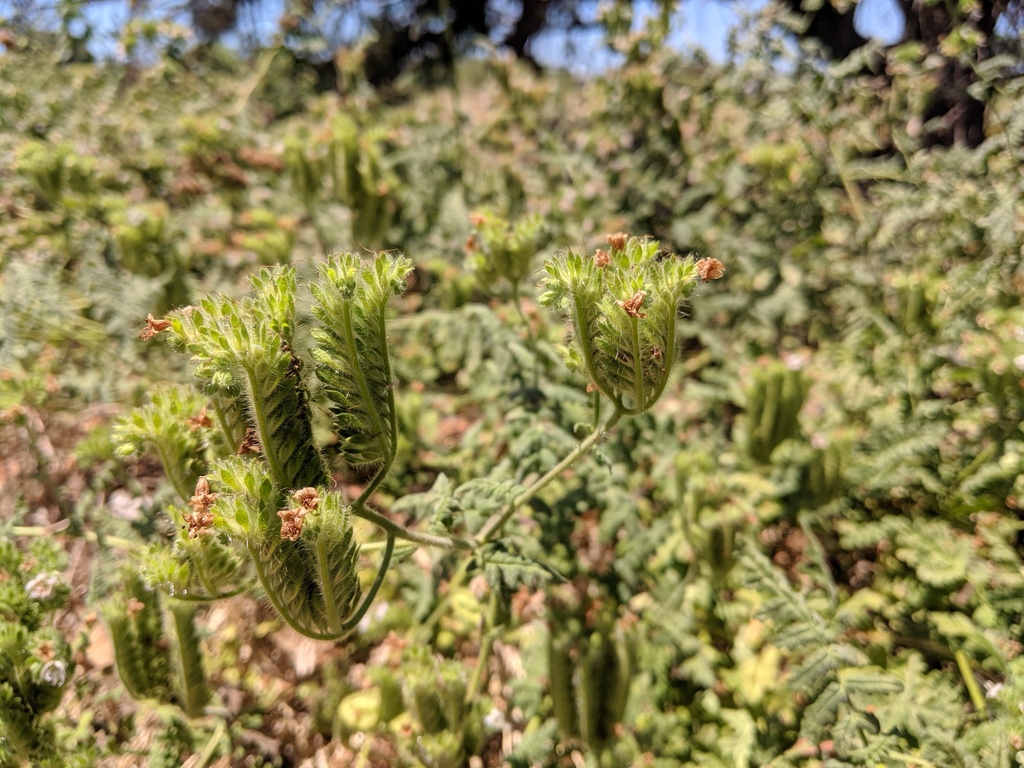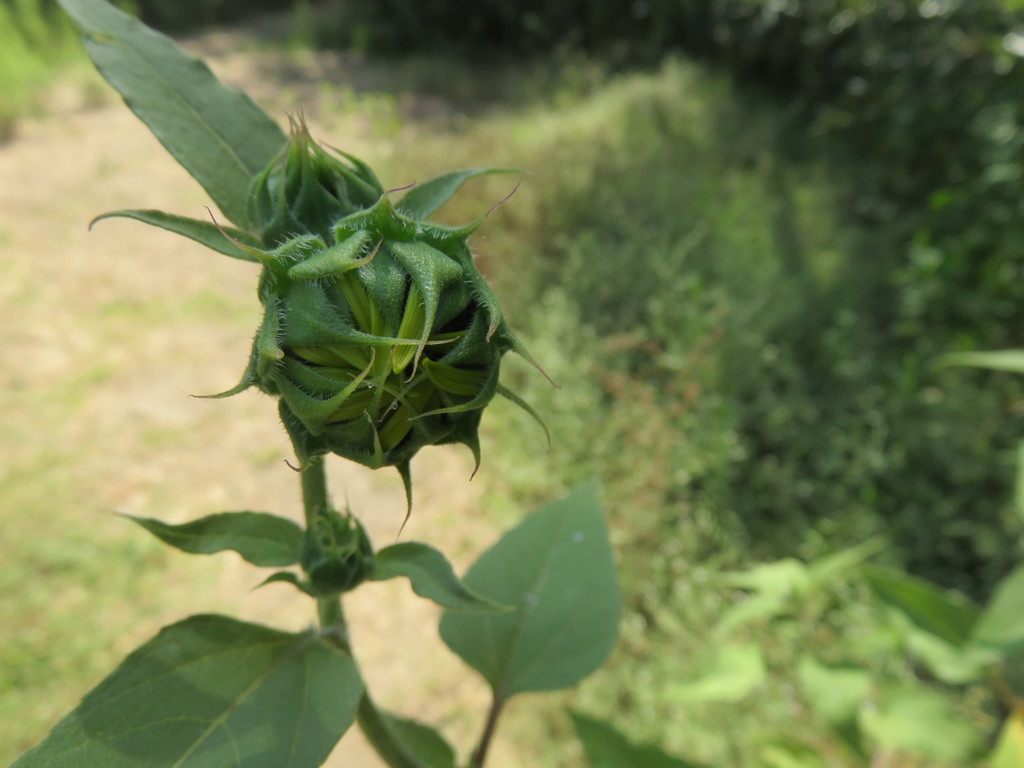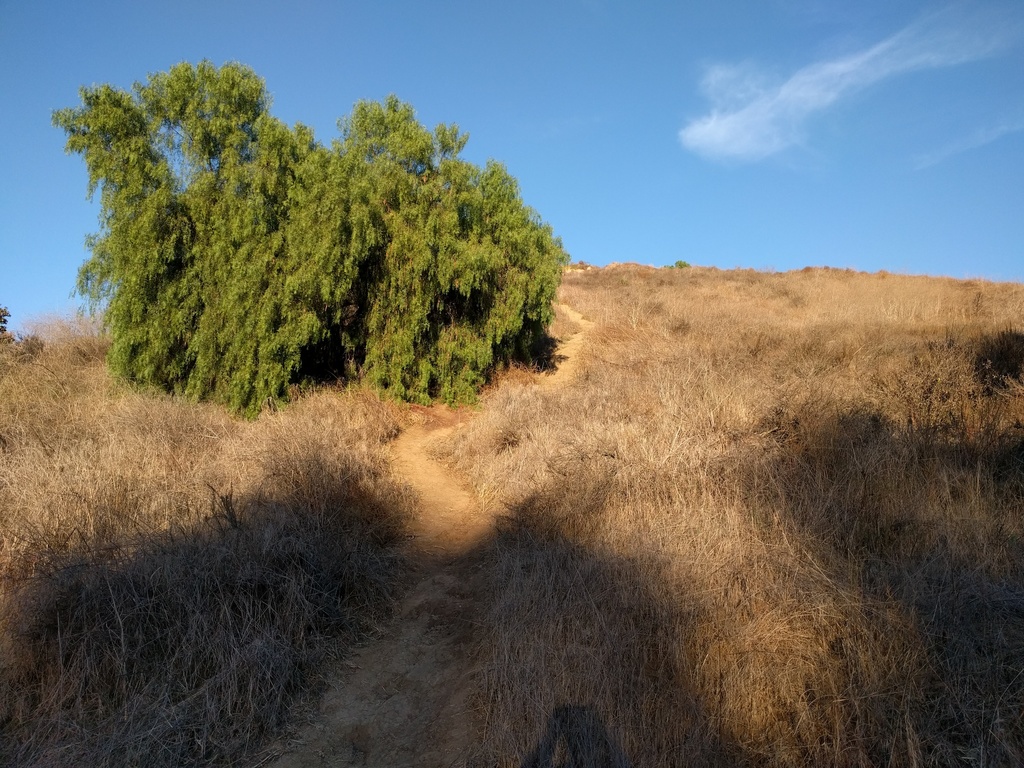
Tag: plants
Hey look, nectar!
Sweet Fennel
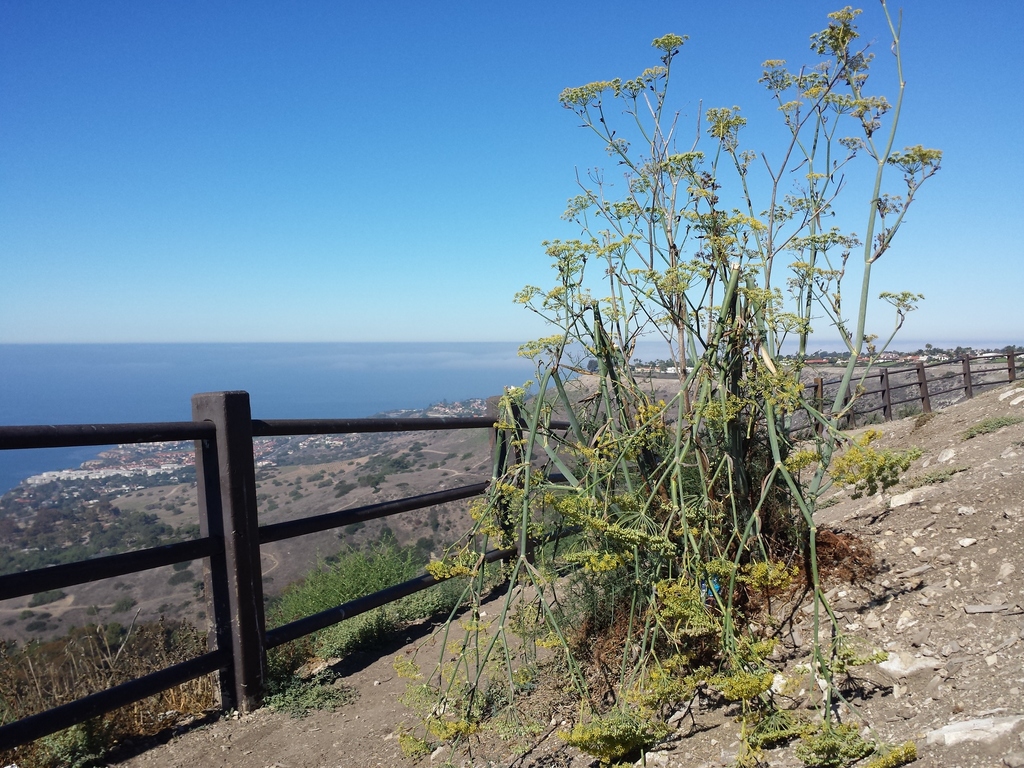
Wild plant at the top of the hill, ocean at the bottom. The fence marks the edge of Del Cerro Park and the start of a steep, unstable slope down to the Portuguese Bend area of the coast near Los Angeles. On a clear day, Catalina would be visible off to the left, but on this day, the ocean blended seamlessly into an obscuring haze.
– Instagram (2014)
Knotweeds, Smartweeds, and Waterpeppers
Rabbitfoot Grass
Garland Daisy
I walked along a bike path today and could not believe how many puncture vine plants I saw.
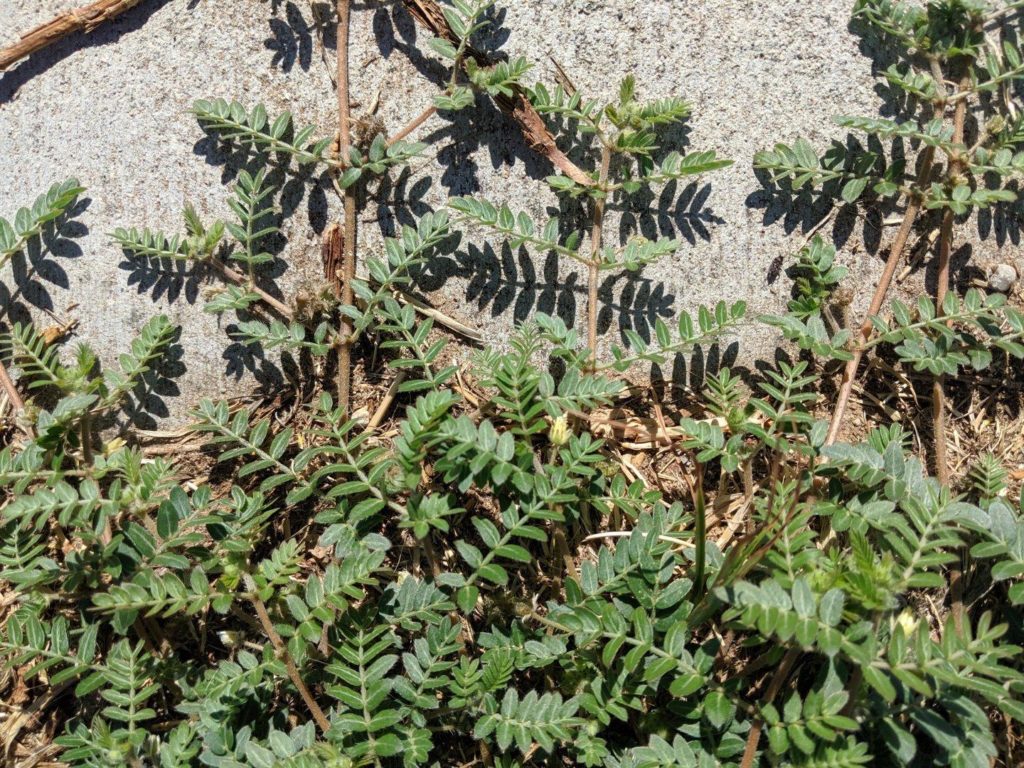
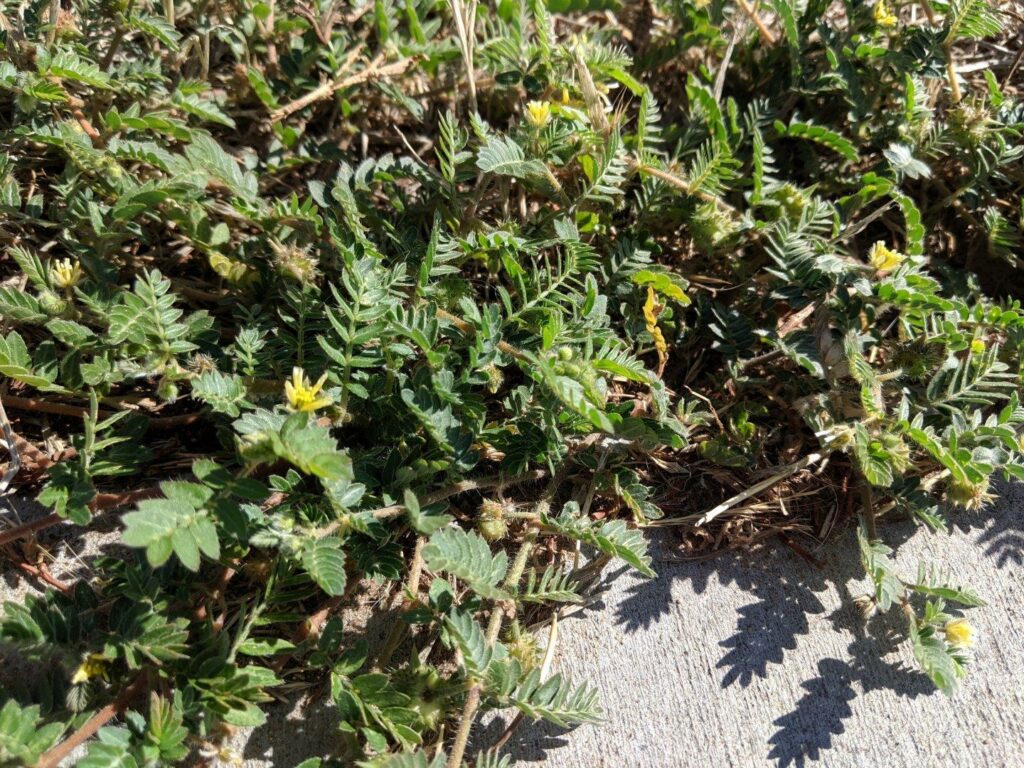
I walked along a bike path today and could not believe how many puncture vine plants I saw. No wonder I've had to patch so many flat tires!
If it's possible for a plant to evolve into the natural enemy of the bicycle, this plant is it. It's literally in the caltrop family. I swear it's lining the bike path, waiting to ambush its prey.
Willet (hillside plants)
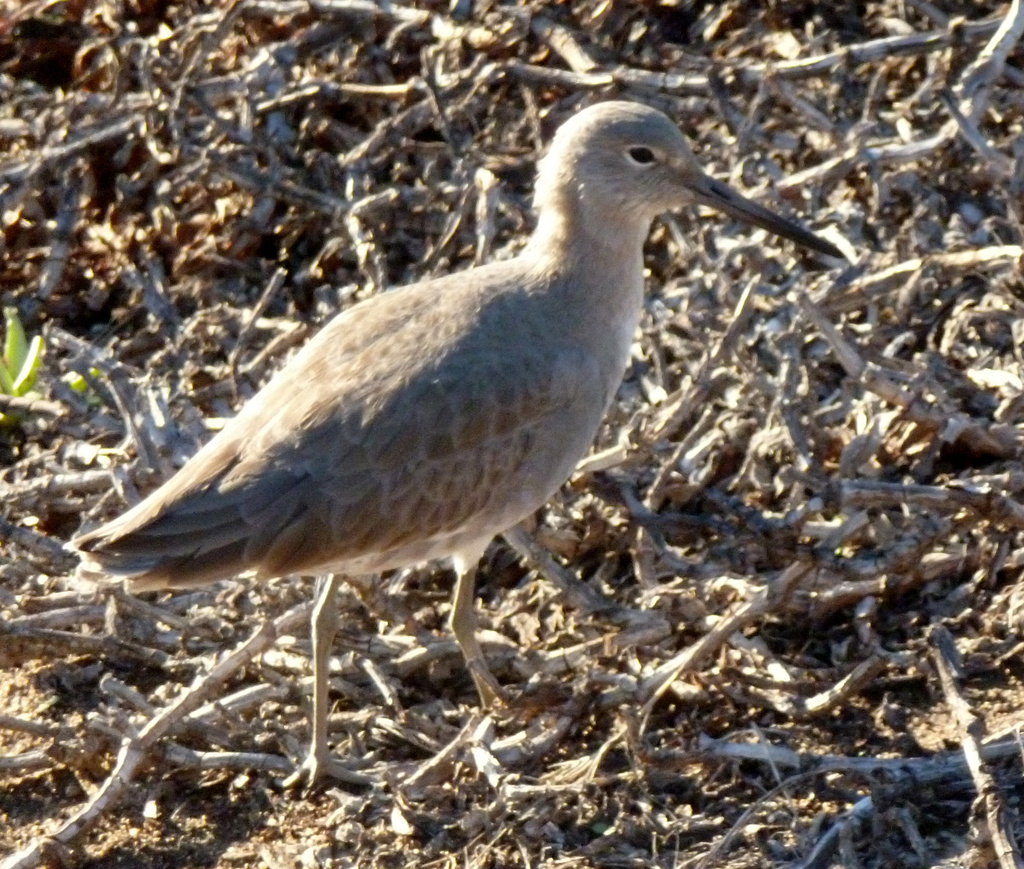
Spotted near the coast, probably along the hillside above the beach, or possibly in the park at the top of the bluffs.
Wild Radish (Wilderness Park, Closeup)
Russian Thistles (small, in wood chips)
Grasses
Woodsorrels
Managed to identify the not-iceplant. It’s Blue Chalksticks, or Blue Chalk Stick.
Managed to identify the not-iceplant. It’s Blue Chalksticks, or Blue Chalk Stick. Either way, it’s remarkably descriptive.
Posted it to iNat even though it’s cultivated landscaping in hopes that the info will help both the AI and human identifiers.
https://www.inaturalist.org/observations/28958782
#photo #plants #succulents #flowers #nature
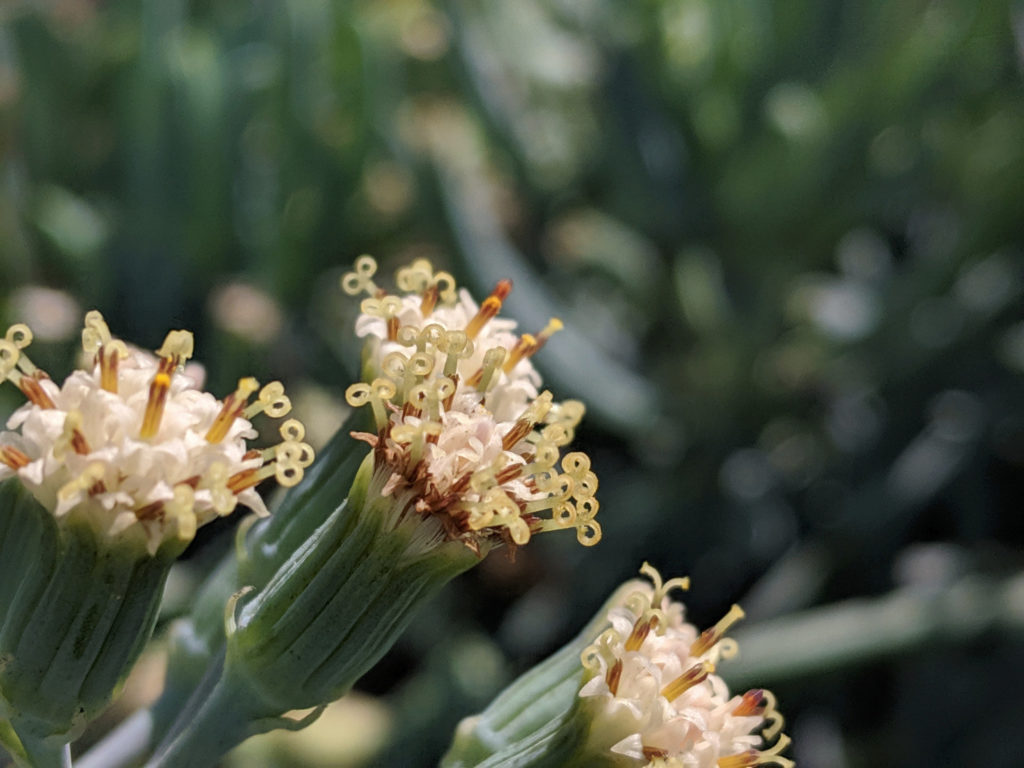
Marine Blue (on grass & clover)
blue-eyed grasses
Since I’ve been posting observations to iNaturalist I’ve *definitely* noticed more differences among plants…
Since I’ve been posting observations to iNaturalist I’ve *definitely* noticed more differences among plants, whether walking around town or hiking through nature. Even just differences between types of weeds.
Link: BBC on “Plant blindness”
Why ‘plant blindness’ matters — and what you can do about it
Of course, I’ve also started noticing differences among local birds more, too. I used to basically classify them as:
– pigeon
– seagull
– crow
– um, small bird?
Plus occasional ducks and geese near the water.
Now I can at least tell pigeons from doves, sparrows from finches (most of the time), ducks from coots, and pick out mockingbirds and starlings. And most of the cranes I’ve seen turn out to have been egrets.
@cs jokes that you know you’re getting old when you start paying attention to birds, and links to What’s the Difference Between Pigeons and Doves? on Mental Floss.
Heh. Fair enough. Though there are particular species found in Southern California that are named doves (such as the white-and-gray mourning doves that perch alone on telephone wires calling “Oo! Oo! Oo!” for what seems like hours on end) or pigeons (such as the gray-and-blue-green common pigeons that tend to flock in groups, perch on ledges and try to steal dropped french fries).
